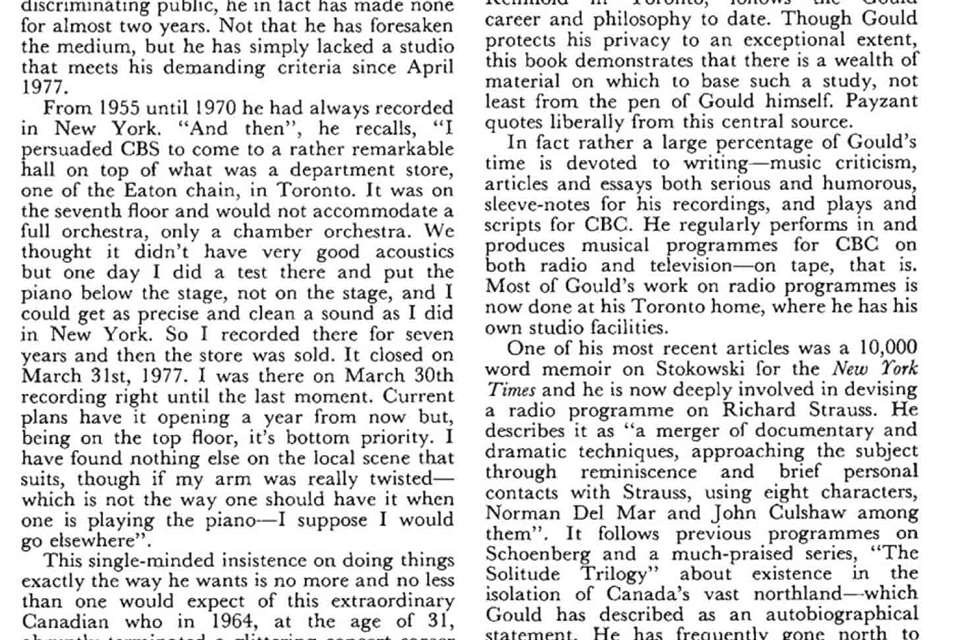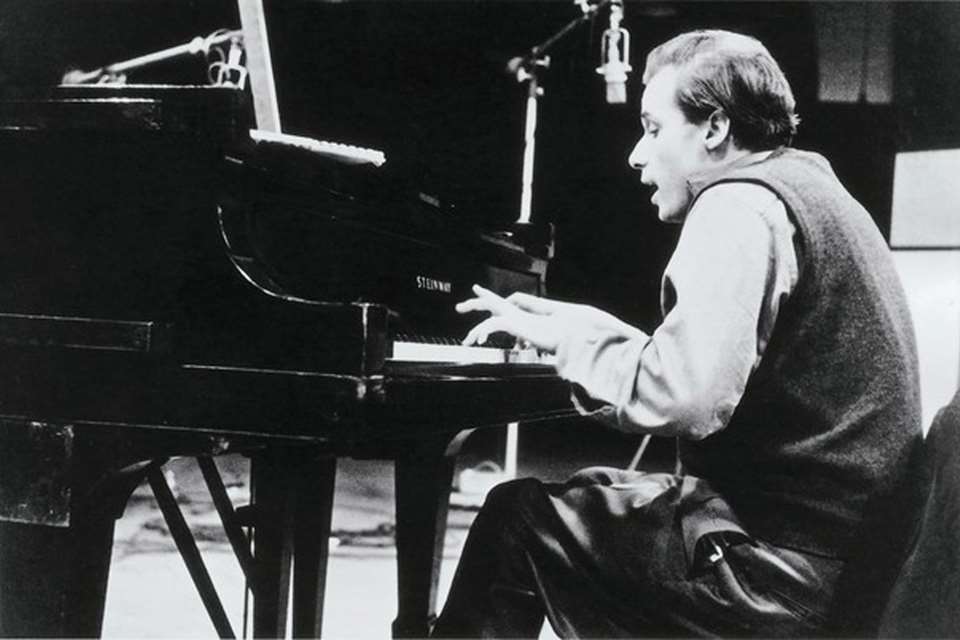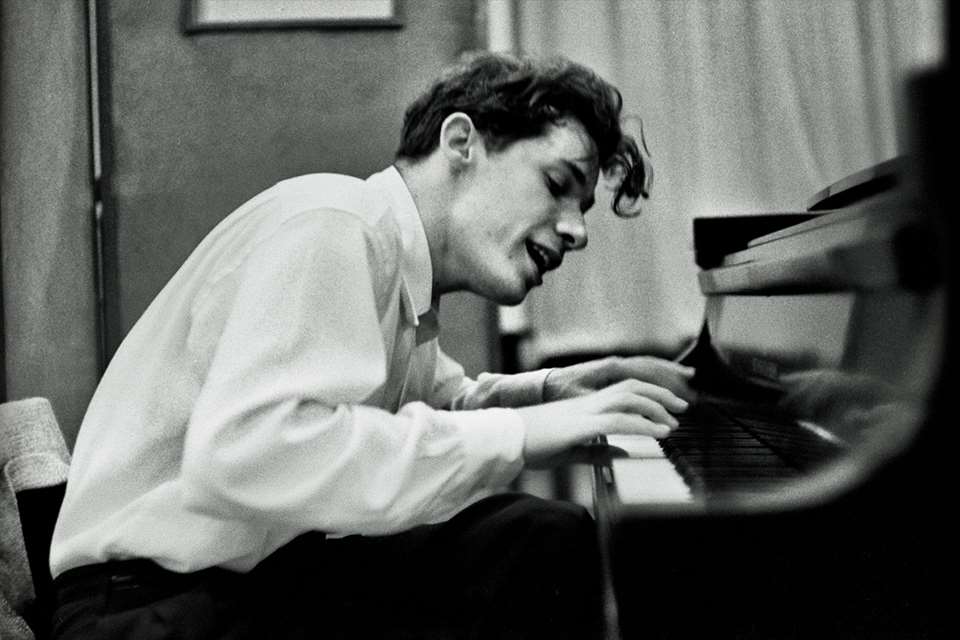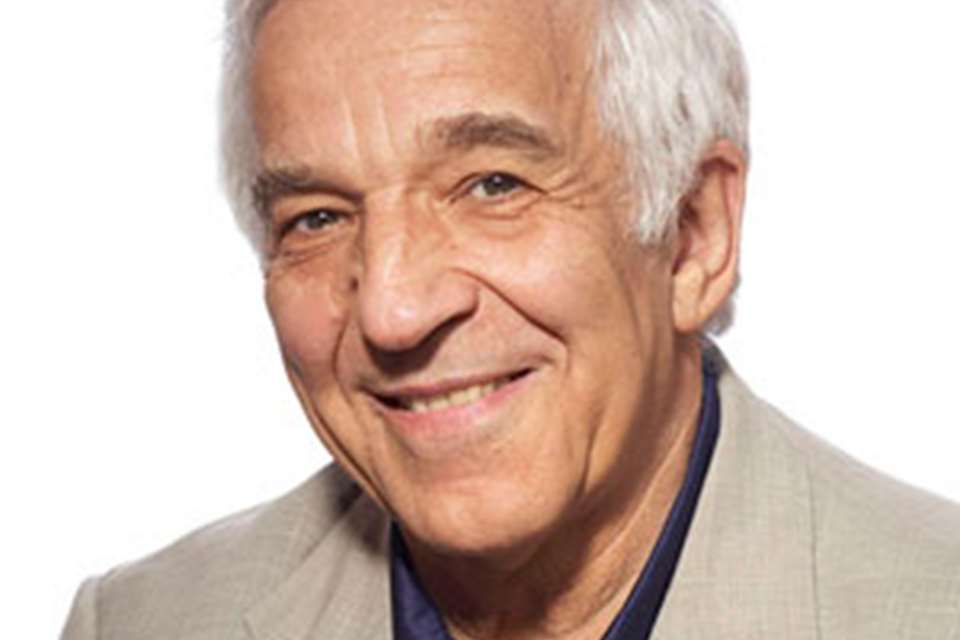Glenn Gould: an introduction to the life and best recordings of a piano icon
Stephen Cera
Thursday, May 26, 2022
Glenn Gould was a truly extraordinary pianist who left a brilliant recorded legacy
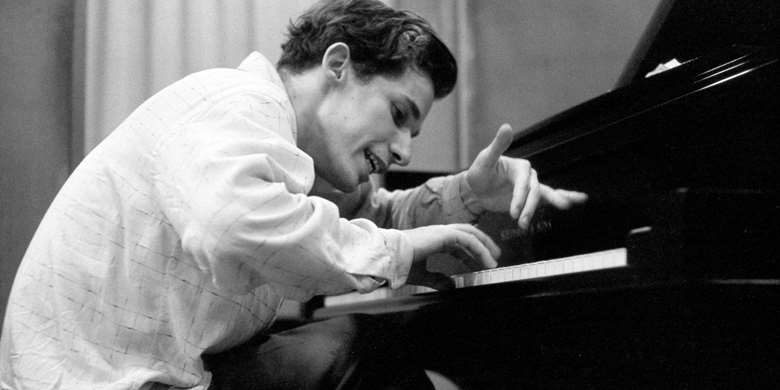
Register now to continue reading
Thanks for exploring the Gramophone website. Sign up for a free account today to enjoy the following benefits:
- Free access to 3 subscriber-only articles per month
- Unlimited access to our news, podcasts and awards pages
- Free weekly email newsletter




